 Em cần gấp lắm ạ
Em cần gấp lắm ạ
Hãy nhập câu hỏi của bạn vào đây, nếu là tài khoản VIP, bạn sẽ được ưu tiên trả lời.




MgO: Mg có điện hóa trị 2+, O có điện hóa trị 2-
FeF3: Fe có điện hóa trị 3+, F có điện hóa trị 1-
BaCl2: Ba có điện hóa trị 2+, Cl có điện hóa trị 1-
Ca3N2: Ca có điện hóa trị 2+, N có điện hóa trị 3-

a: \(A=\dfrac{2x^2+x^2-1-2x^2+2x+1}{x\left(x+1\right)}=\dfrac{x^2+2x}{x\left(x+1\right)}=\dfrac{x+2}{x+1}\)
b: Ta có: \(x^2-2x=0\)
=>x=2
Thay x=2 vào A, ta được:
\(A=\dfrac{2+2}{2+1}=\dfrac{4}{3}\)
(a)
\(A=\dfrac{2x}{x+1}+\dfrac{x-1}{x}-\dfrac{2x^2-2x-1}{x^2+x}\\ =\dfrac{2x}{x+1}+\dfrac{x-1}{x}-\dfrac{2x^2-2x-1}{x\left(x+1\right)}=\dfrac{2x^2}{x\left(x+1\right)}+\dfrac{x^2-1}{x\left(x+1\right)}-\dfrac{2x^2-2x-1}{x\left(x-1\right)}\)
\(=\dfrac{2x^2+x^2-1-2x^2+2x+1}{x\left(x+1\right)}=\dfrac{x^2+2x+1}{x\left(x+1\right)}=\dfrac{\left(x+1\right)\left(x+1\right)}{x\left(x+1\right)}=\dfrac{x+1}{x}\)
(b)
\(x^2-2x=0\\ x\left(x-2\right)=0\)
=>x=0 hoặc x=2 mà đk x khác 0 nên thay x=2 vào bt A , ta có:
\(\dfrac{x+1}{x}=\dfrac{2+1}{2}=\dfrac{3}{2}\)



Bài 1:
a: Xét ΔABC có
M là trung điểm của AB
N là trung điểm của AC
Do đó: MN là đường trung bình của ΔABC
Suy ra: MN//BC và \(MN=\dfrac{BC}{2}\)
hay MN//BP và MN=BP
Xét tứ giác BMNP có
MN//BP
MN=BP
Do đó: BMNP là hình bình hành


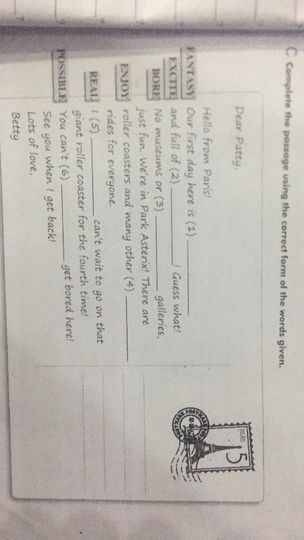
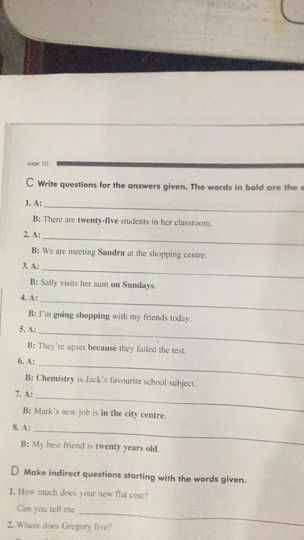
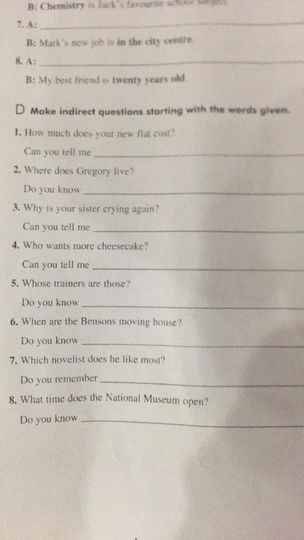
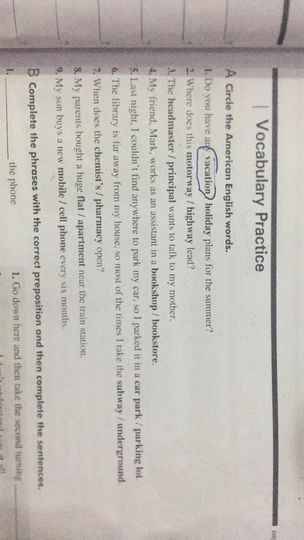
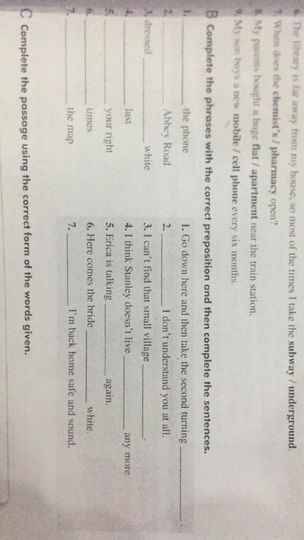

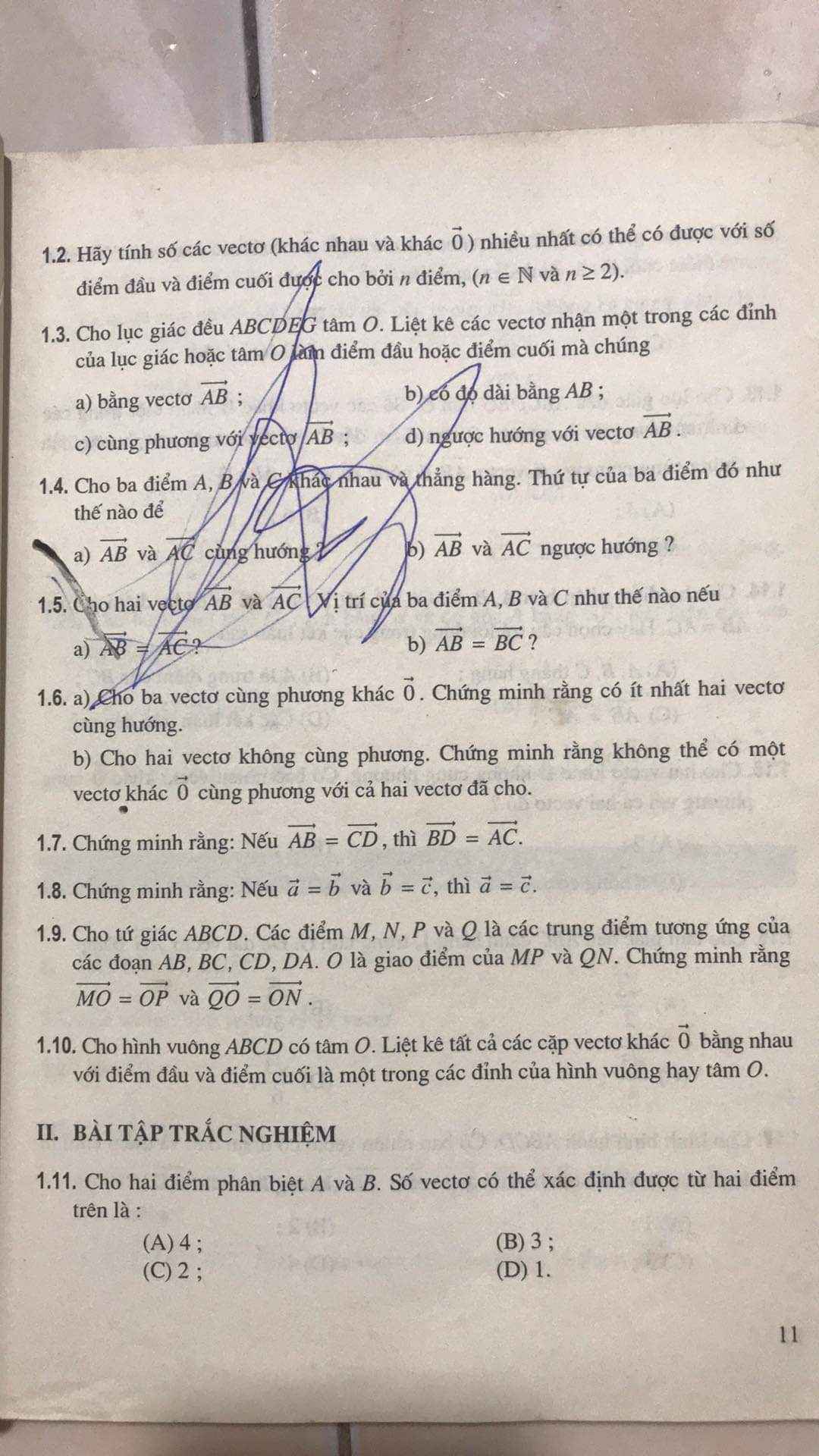





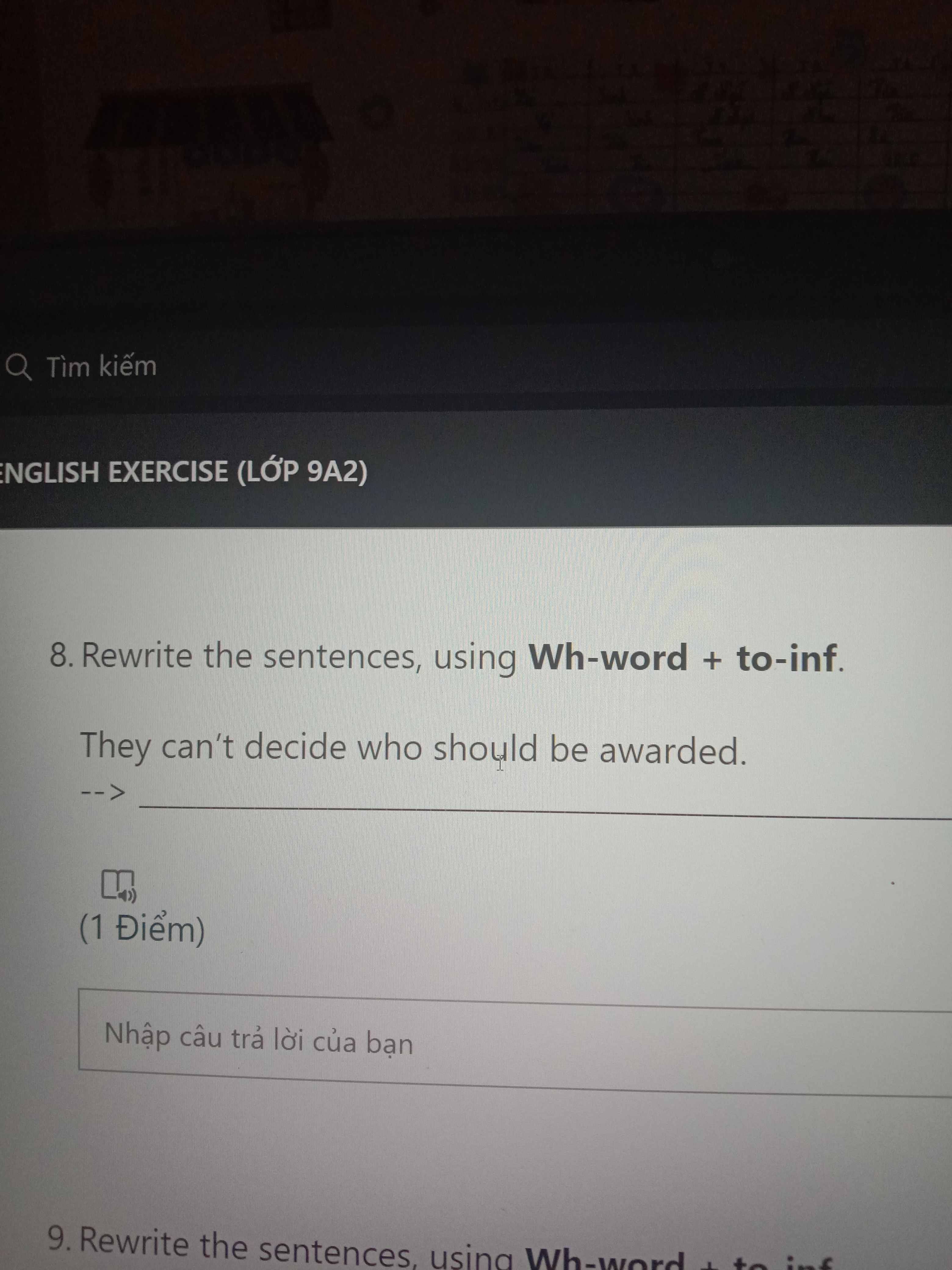
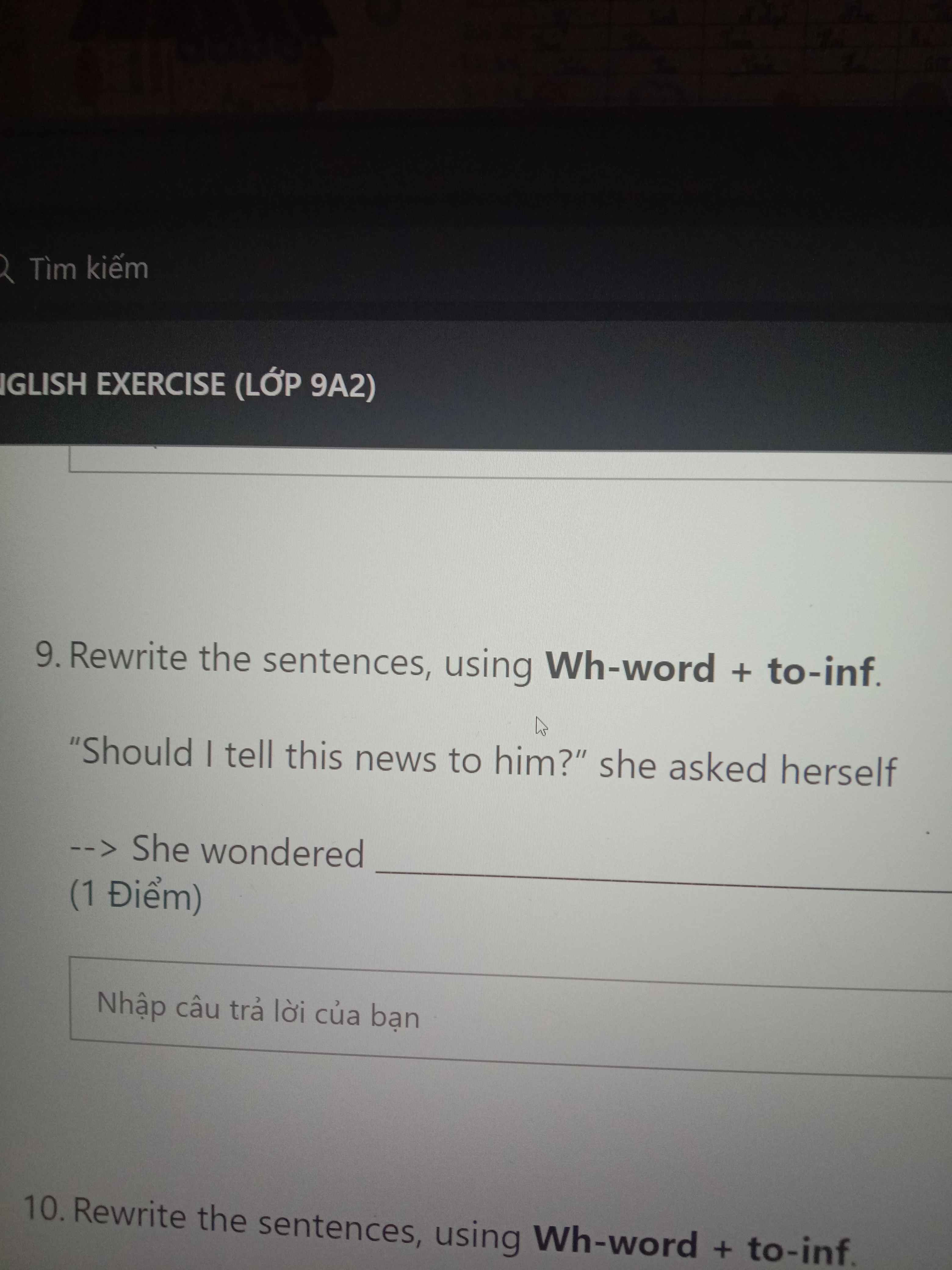
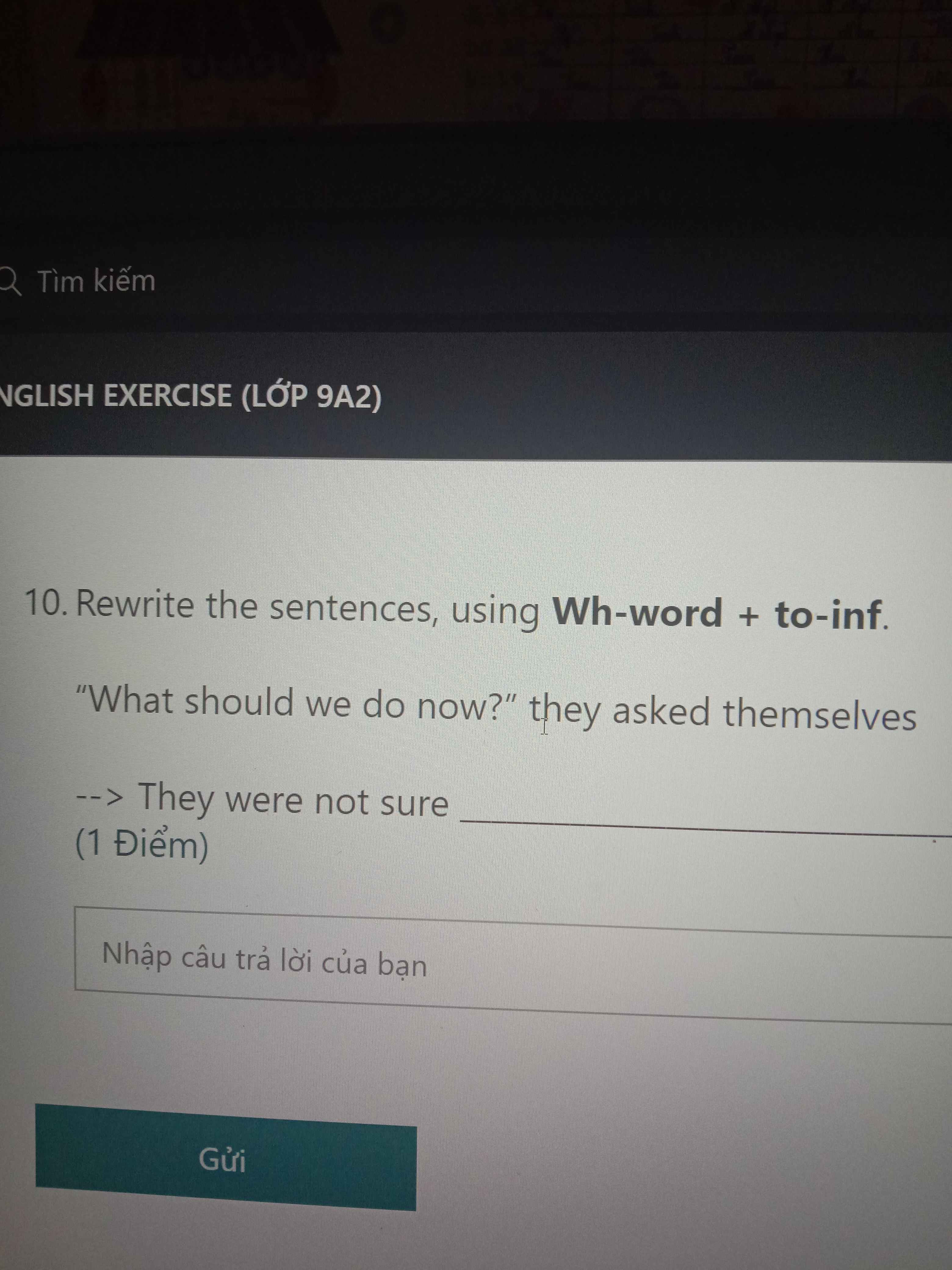
 giúp em với ạ em đang cần gấp lắm ạ
giúp em với ạ em đang cần gấp lắm ạ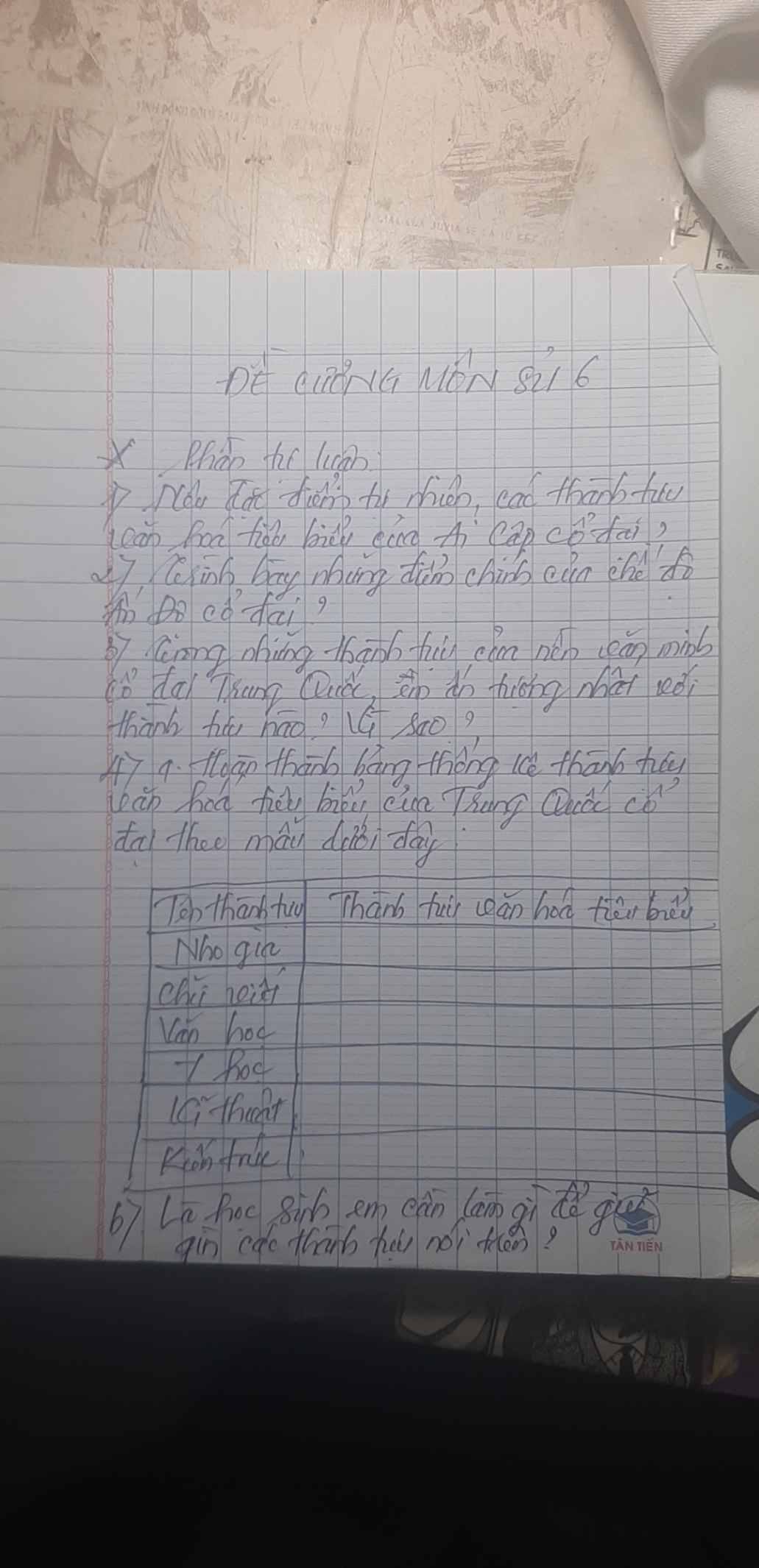

\(M=\dfrac{3^2}{1\cdot4}+\dfrac{3^2}{4\cdot7}+...+\dfrac{3^2}{13\cdot16}\)
\(=3\left(\dfrac{3}{1\cdot4}+\dfrac{3}{4\cdot7}+...+\dfrac{3}{13\cdot16}\right)\)
\(=3\left(1-\dfrac{1}{4}+\dfrac{1}{4}-\dfrac{1}{7}+...+\dfrac{1}{13}-\dfrac{1}{16}\right)\)
\(=3\left(1-\dfrac{1}{16}\right)=3\cdot\dfrac{15}{16}=\dfrac{45}{16}>\dfrac{44}{16}=\dfrac{11}{4}\)